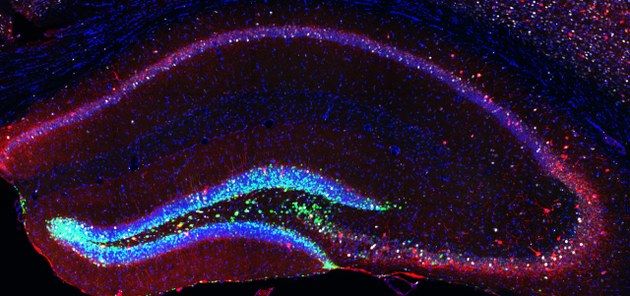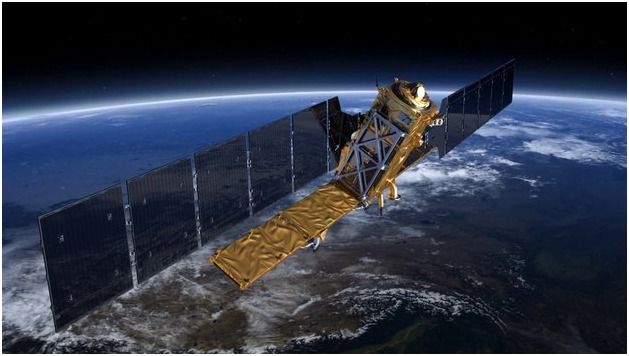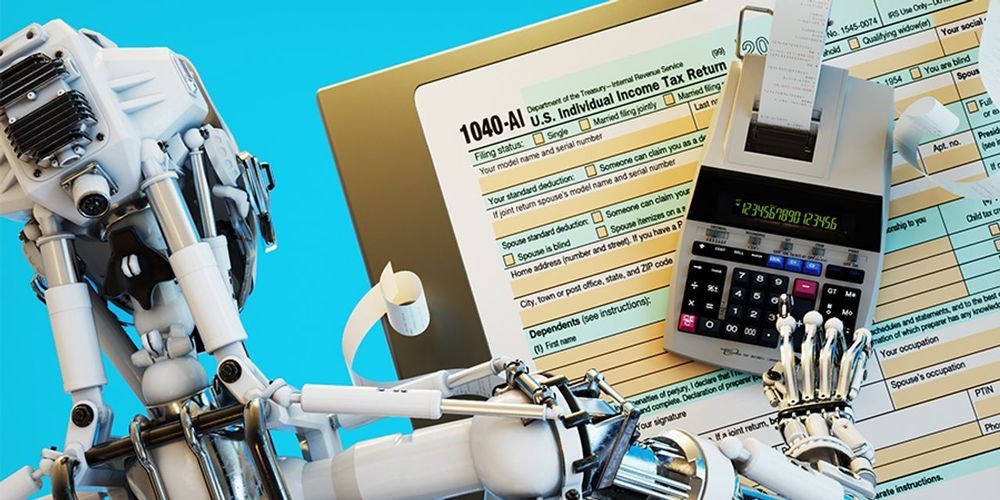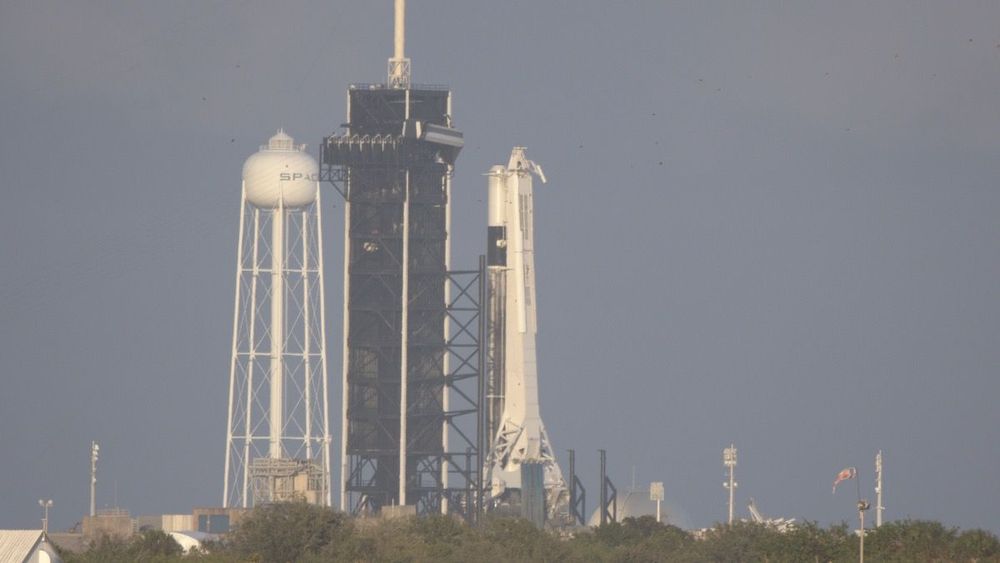Jan 10, 2020
We all will experience it at some point, unfortunately: The older we get the more our brains will find it difficult to learn and remember new things
Posted by Nicholi Avery in categories: biotech/medical, life extension, neuroscience, robotics/AI
What the reasons underlying these impairments are is yet unclear but scientists at the Center for Regenerative Therapies of TU Dresden (CRTD) wanted to investigate if increasing the number of stem cells in the brain would help in recovering cognitive functions, such as learning and memory, that are lost during ageing.”
https://tu-dresden.de/tu-dresden/newsportal/news/verjuengung…en-maeusen
For the latest news on neuroscience, psychology, and artificial intelligence please like and follow our Facebook page:


















